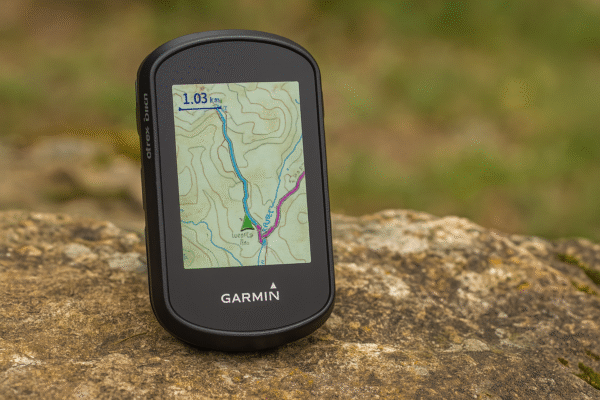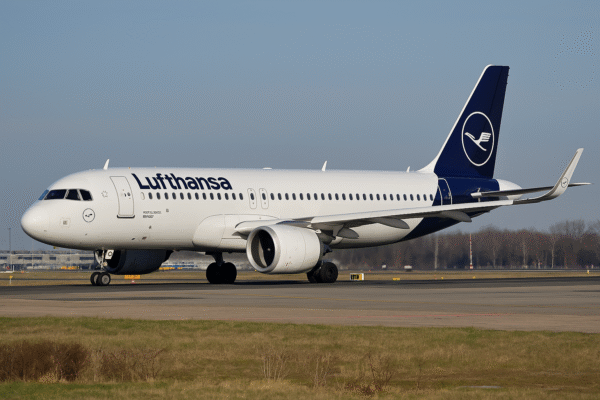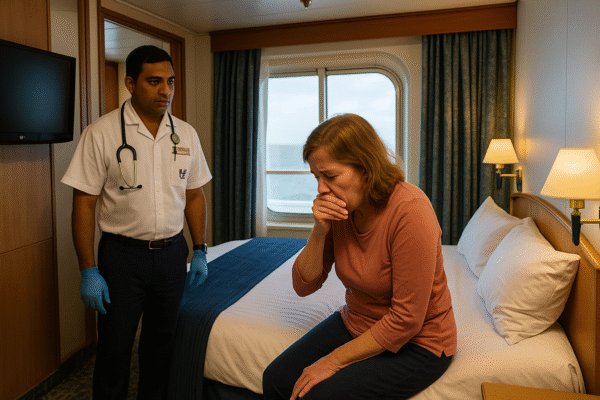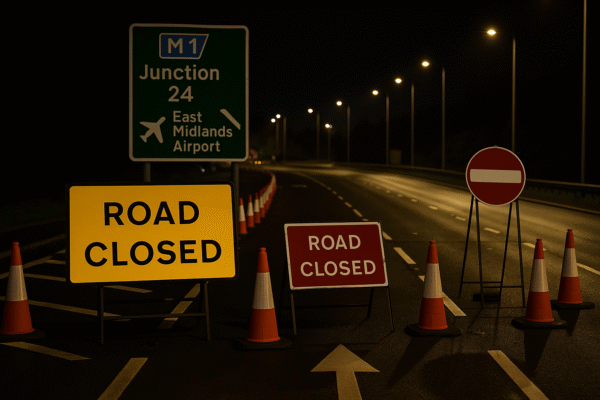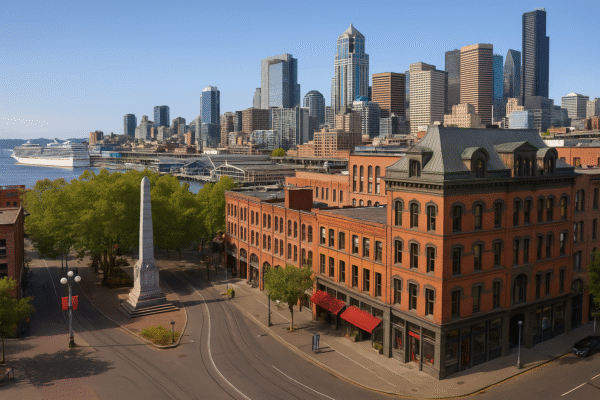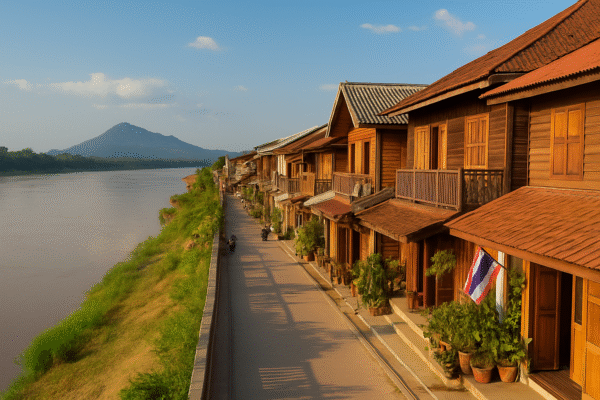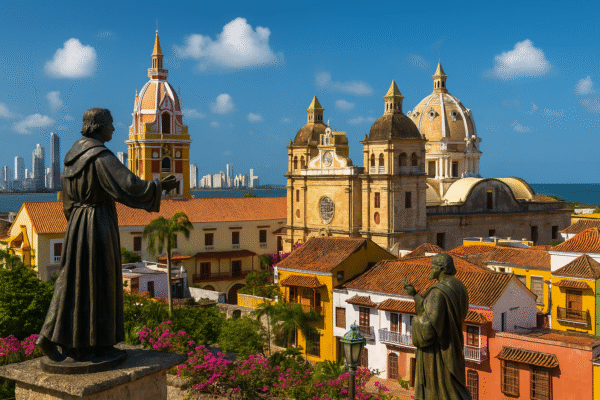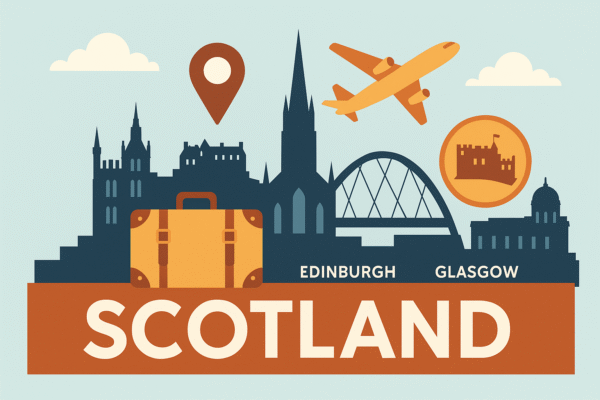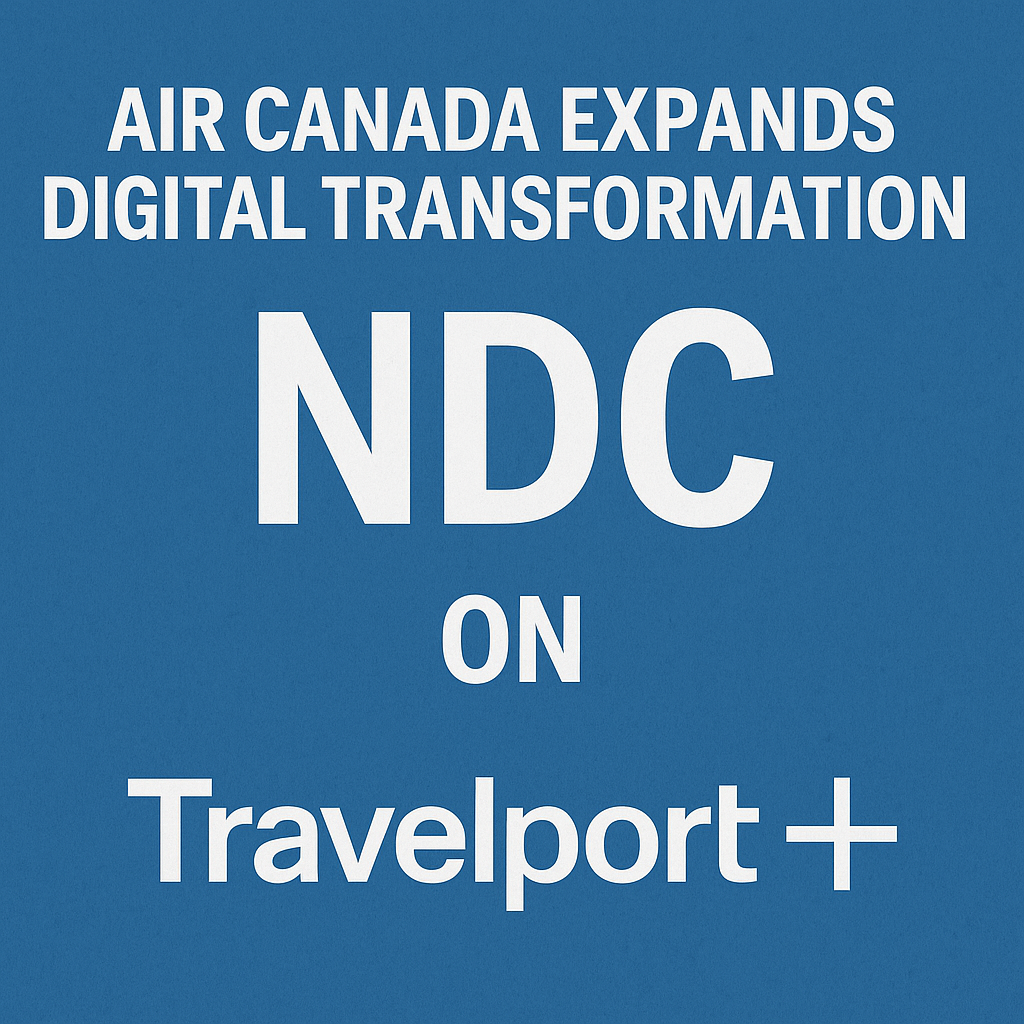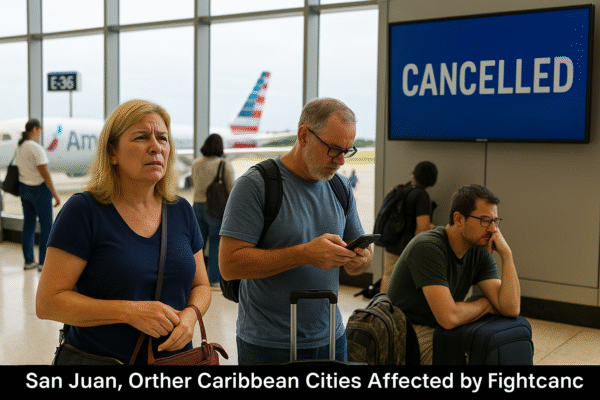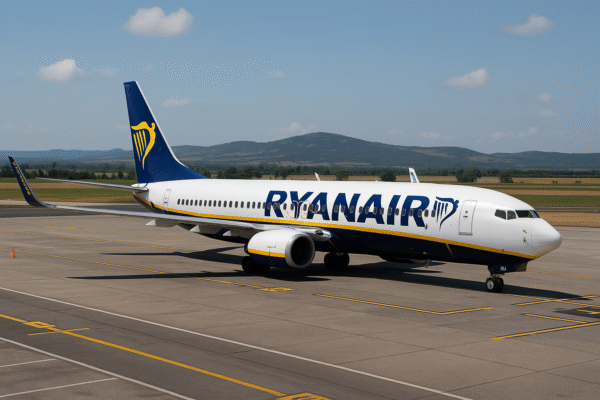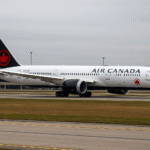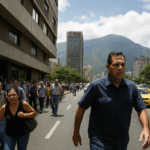Ryanair, Europe’s largest low-fare airline and Italy’s number one carrier, has announced a bold step forward in enhancing Sicilian connectivity with the opening of a new base at Trapani-Marsala Airport in January 2026. This development represents a major milestone for the island’s tourism and economic future, positioning Sicily as one of the most accessible Mediterranean destinations for both Italian and international travelers.
The decision comes after the Sicilian regional government scrapped the Municipal Tax at smaller airports, a move that made operations more cost-effective for airlines and encouraged new investments. For Ryanair, this policy change has paved the way for an ambitious expansion that will directly benefit Sicilian residents, tourists, and local businesses.
Third Base in Sicily and 20th in Italy
The Trapani-Marsala base will be Ryanair’s third operational hub in Sicily, joining existing bases in Palermo and Catania. Across Italy, it will mark the airline’s 20th base. Backed by an investment of $200 million, the new hub will include two Boeing 737 aircraft and connect Trapani with 23 destinations across Europe and Italy. Eleven of these will be brand-new routes linking Sicily to key cities such as London, Brussels, Stockholm, and Bratislava.
Ryanair forecasts that this expansion will boost annual passenger traffic through Trapani-Marsala by more than one million travelers. Overall, it represents a 25% increase in seat capacity, with over 260,000 additional tickets available. Alongside lower fares and increased travel choices, the airline projects the creation of more than 800 direct and indirect local jobs, ranging from ground operations to hospitality and tourism services.
Tourism and Economic Growth
The expansion of Ryanair’s network is expected to deliver substantial economic benefits for Sicily. Lower operating costs at smaller airports have already triggered growth in other Italian regions such as Abruzzo and Calabria, and Sicily now stands to enjoy the same rewards. Increased flight availability and reduced fares are set to attract more international visitors, fueling year-round tourism.
By directly connecting Trapani with nine countries, including Poland, Spain, Sweden, and the United Kingdom, the island’s international profile will strengthen significantly. The added domestic routes—such as Bari, Pescara, and Verona—will also improve connectivity within Italy, making it easier for residents and tourists alike to move across the country. This is particularly important for Sicily, which relies heavily on air travel due to its geographical position.
Government Support and Regional Strategy
Ryanair praised the Sicilian government for abolishing the Municipal Tax at smaller airports and highlighted the leadership of President Renato Schifani in shaping policies that prioritize connectivity and economic growth. However, the airline also emphasized that more work remains to be done. Larger airports such as Palermo and Catania still apply the tax, which Ryanair believes hinders growth potential.
If the Sicilian government extends the tax removal to all airports, Ryanair projects an additional three million passengers annually, five new aircraft stationed in Sicily, and the creation of thousands more jobs. This would transform the island into one of the best-connected regions in Southern Europe, unlocking new tourism and business opportunities.
A Boost for Local Communities
The new base marks the return of Ryanair to Trapani-Marsala after a ten-year gap, an absence that was keenly felt by the local community. Regional leaders and Airgest, the operator of Vincenzo Florio Airport, expressed pride in the comeback, calling it a “historic milestone” for the region. The move is seen as part of a broader strategy to revive Sicily’s airport system, which also includes airports in Comiso, Lampedusa, and Pantelleria.
Local officials highlighted the wider benefits for small businesses, tourism operators, and cultural institutions. Increased visitor numbers will encourage investment in hotels, restaurants, and transport services, creating a ripple effect of prosperity across the island.
New Routes and Flight Offers
Among the 23 routes announced, 11 are brand new, connecting Trapani with destinations such as Baden-Baden, Bournemouth, Saarbrücken, Katowice, and Stockholm. Popular Italian cities like Rome and Milan will also see a 10% increase in capacity, offering more frequent and affordable connections.
To celebrate the announcement, Ryanair launched a limited-time seat sale with fares starting at just €21.99, further underscoring its commitment to affordable travel.
Future Prospects
Looking ahead, Ryanair’s strategy for Sicily goes beyond immediate expansion. The airline envisions long-term growth by working with regional authorities to make Sicily a year-round travel destination. This includes not only attracting tourists but also ensuring reliable connections for residents, supporting regional businesses, and fostering international partnerships.
If government support continues, Ryanair plans to expand its investment in Italy with up to $4 billion in additional funding, 40 new aircraft, and 250 new routes nationwide. For Sicily, this means a future of stronger connectivity, higher tourism revenues, and more employment opportunities for its people.
Conclusion
The opening of the Trapani-Marsala base in 2026 is more than an airline expansion—it is a transformative moment for Sicily’s travel and economic landscape. With 23 routes, new aircraft, and an influx of visitors, the region is poised for unprecedented growth in tourism and job creation. Supported by progressive government policies, Sicily is on track to become one of Europe’s leading travel destinations, offering affordability, accessibility, and opportunities for both residents and international visitors.
For more travel news like this, keep reading Global Travel Wire


